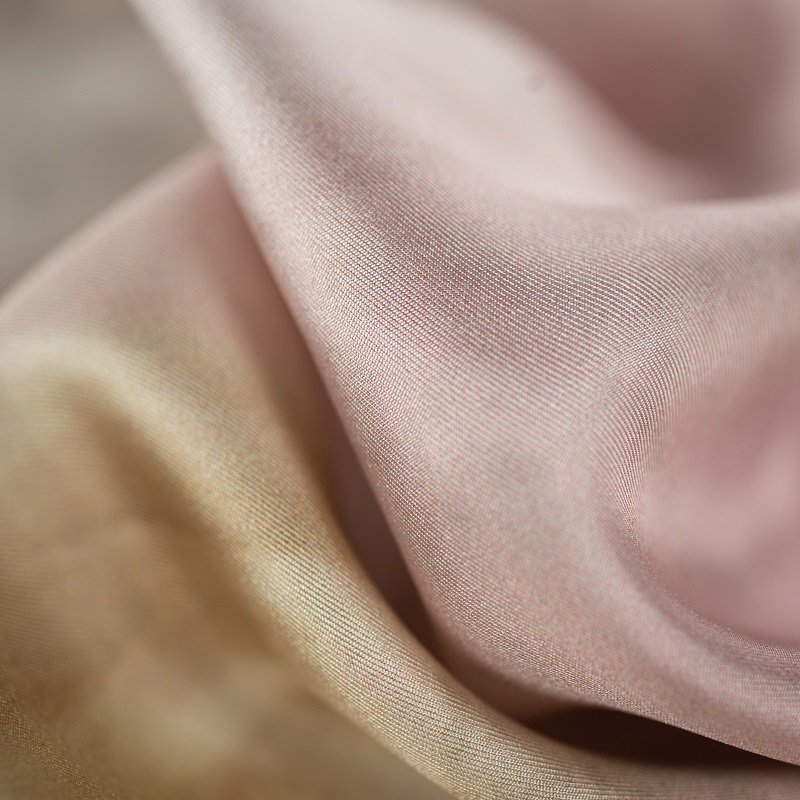Despite the wording of the title, when we talk about a dictionary of fabrics we do not presume to teach you anything about elegance. Instead, we wish to share information to help understand the meaning and the value behind the name of each fabric and, last but not least, to learn how to choose the right one for the suit you want to make.
There is nothing more personal than choosing how to dress. It is a creative moment, free but at the same time conditioned by rules and conventions. In this dualism, knowledge of the fabric can be useful in order to be informed when faced with a tailor’s proposals, and to better deal with creative impulses when choosing a suit.
Precisely because a good suit always starts from a good fabric, the dictionary of fabrics will appear decidedly full-bodied, seeking to bring together the best of the different types of fabric suitable for men’s clothing in a representative list. Here, however, we are sticking to a selection of the most famous.
Cotton fabric
Cotton is the oldest textile fibre after linen and wool, with two fleeces found in the Tehuacan Valley near Mexico City dating back to some time between 7200 and 5800 BC. Cotton is a resistant fibre and also the only one whose strength increases when wet. The most famous variations of cotton include corduroy, denim and moleskin.
Within this group, corduroy is the warmest fabric thanks to the fuzz on the ribs that forms an insulating air cushion. In contrast, denim is a very resistant fabric in which the weft threads are not dyed while the warp threads are coloured indigo blue. Finally, moleskin is a classic fabric and, like denim, it acquires softness and malleability only with use.
Wool fabric
Wool is a fabric produced in nature to protect sheep against adverse weather conditions and has different characteristics in terms of brightness, fineness, softness and elasticity. The qualities of wool are remarkable and varied, first of all its warmth, its water repellence and resilience.
Bird’s eye wool has a specific weave with two light and two dark yarns, intended for making classic cut suits. It is a dark fabric with small light and dark circles vaguely resembling a bird’s eye. It is a semi-informal classic, often used in the workplace as an alternative to grisaille.
Cheviot fabric takes its name from the fact that it was originally produced from the wool of Scottish Cheviot sheep. It has a regular herringbone weave interlaced with brightly coloured threads, often in silk. It is one of the most heavy and course classic fabrics.
Gabardine wool is woven as regular twill, characterised by an extremely vertical diagonal effect created by the prevalence of warp yarns with respect to weft yarns. Although it is tightly woven to make the fabric rather water-repellent, it remains delicate.

Cashmere fabric
Among the fabrics of natural origin we cannot fail to mention cashmere, whether carded or worsted. Carded cashmere comes from goats bred in certain areas of Tibet, the Mongolian highlands and Iran. It is a soft and rather resistant fabric, almost always fulled. The peculiarity of this fabric is that, unlike wool fibres that bind during fulling, the same does not occur in cashmere.
Worsted cashmere, which is far more valuable, only uses the most beautiful part of the fibre and is used to weave lighter and more precious fabrics, thanks to a resistance superior to that of carded cashmere.
Linen fabric
Continuing in alphabetical order, the next element that deserves mention in this concise dictionary of fabrics is linen.
History has it that linen was the first fabric used after the prehistoric era, when people still dressed in animal skins. Until halfway through last century, linen met more than half of the world’s textile needs, which was later replaced by cotton. However, linen is glossier than cotton, does not cause allergies and is extremely comfortable against the skin. Although linen jackets and trousers can easily get crumpled, we must not forget that, after silk, linen is the most resistant natural fibre and becomes softer over time.
Silk fabric
The last fabric in this short overview is silk: the fabric to wear if you want to reach paradise. The noblest, the softest, the finest of all natural fibres. Fresh in summer and warm in winter, it is an extremely thin and shiny continuous filament. The type of silk fabric depends on the size of the yarn itself, i.e. the denier, the degree of twist and the weave used to obtain it. There are four types of fabrics: plain weaves or taffetas, twills, satins and, lastly, jacquards.
Satin is a fabric with a shiny right side and a dull back, with more sheen than wool and more regular than shantung which, instead, is a fabric that does not wrinkle, is resistant to wear and quite elastic. Silk taffeta is a very fresh fabric and especially suitable for summer occasions. The more beaten, and therefore heavier-weight version is called silk poplin.





